100th Anniversary Great Nave Tour at the Cathedral of St. John the Divine
Celebrate the 1925 construction of the stunning nave inside the world's largest Gothic cathedral!


The term ghost town is typically associated with the Wild West, but tucked away in upstate’s Adirondack State Park is the former village of Tahawus, New York. This once thriving mining community has laid abandoned since 1962, but don’t expect to find your stereotypical tumbleweed blowing in the wind.
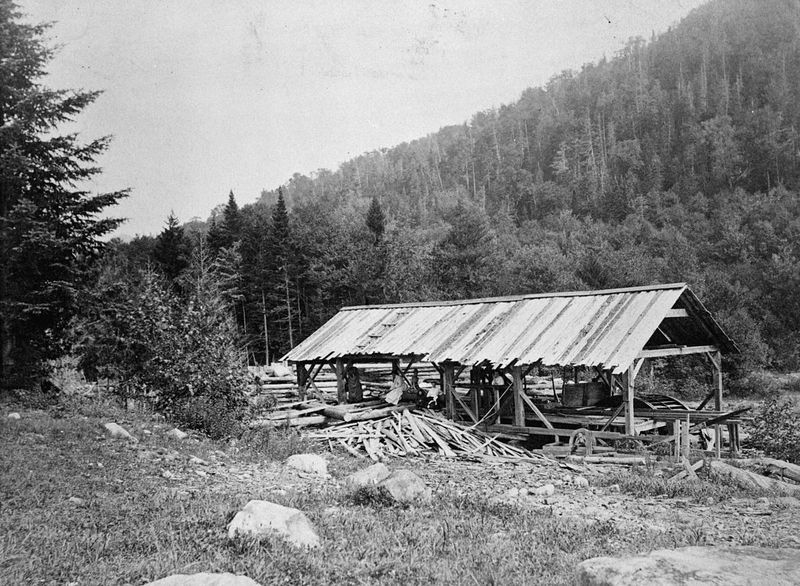
Company saw mill, circa 1890’s. Image from Library of Congress.
Tahawus, sometimes referred to as its former name of Adirondac, was founded in the 1820s as the company town of Adirondack Iron Works Company by future presidential elector Archibald McIntyre and Davidson Henderson after they found iron ore in the Adirondacks and wanted to capitalize on the business opportunity. McIntyre and Henderson recruited workers and built a small village to support them that was initially named McIntyre after Archibald himself, but later re-named Adirondac.
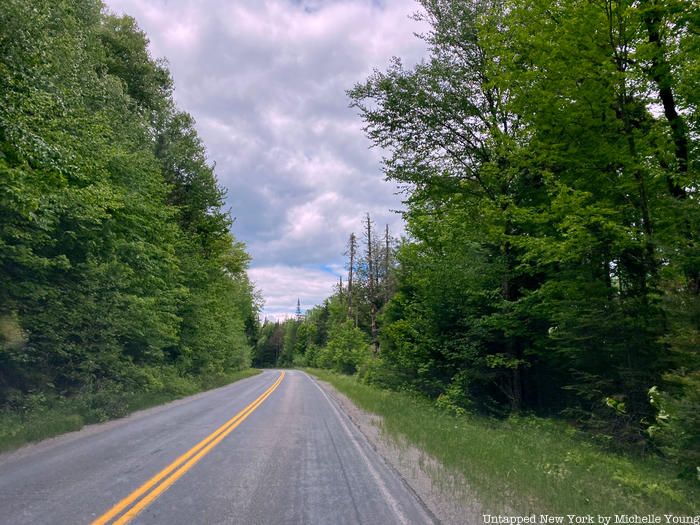
The road into Tahawus today
The Adirondack Iron Works Company was widely considered by many experts at the time to be some of the country’s finest steel-producing ore, and according to The New York State Adirondack Park Agency, many of the best marks of American and Scotch pig-iron were selling for $20-$22 per ton, while the Adirondack output was consistently selling for twice that price.
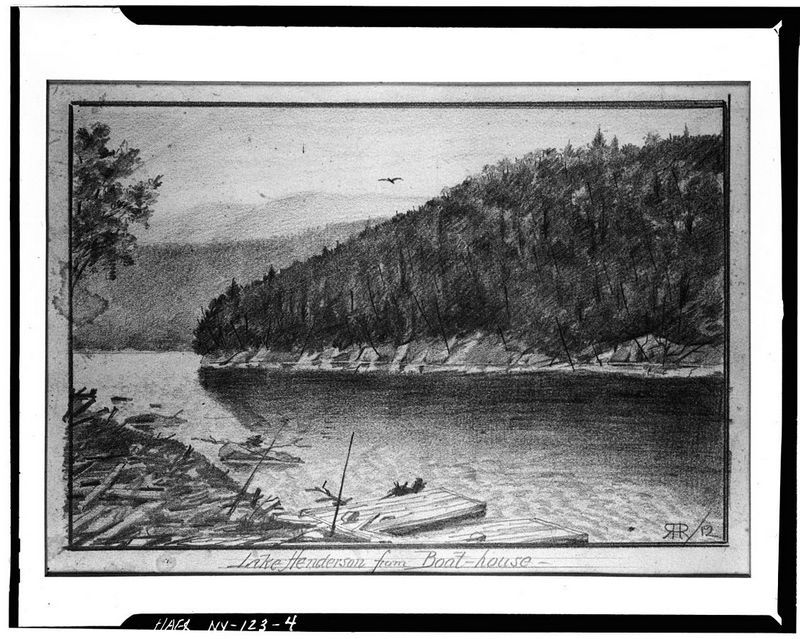
Boat docks of the Tahawus Club, circa 1914. Image from Library of Congress.
Although the company’s output was selling at a staggering price, the remote location and difficult roadways proved to be detrimental to production rate. In 1854, the Sackett’s Harbor and Saratoga Railroad Company had plans to build their railway to Adirondac, motivating the mining company owners to repair old buildings and build a state-of-the-art blast furnace that would increase production. The railroad eventually proved to be too big of an obstacle to reach the village, forcing the Adirondack Iron Works Company to abandon town with its employees in 1856 due to the transportation problems and a presence of titanium dioxide in the ore.
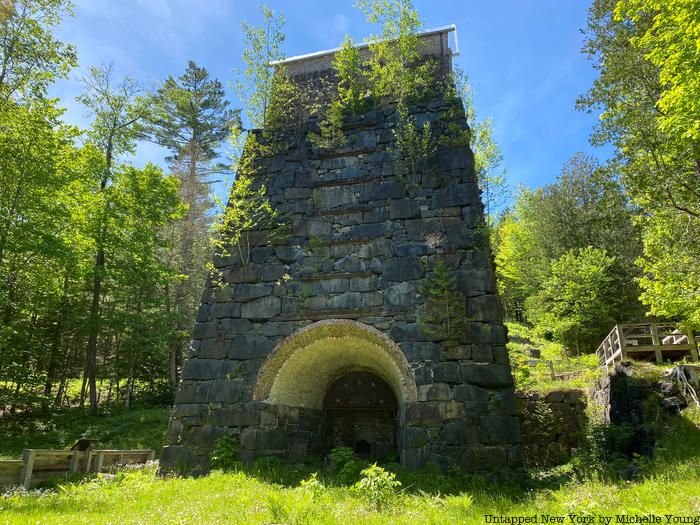
The furnace at Tahawus still stands
The village and land lay abandoned for 20 years, mostly used by private hunting and fishing clubs, until the newly formed Preston Ponds Club leased the land from a later incorporation of the Adirondack Iron Works Company in 1876. The popular club was eventually re-named the Tahawus Club, giving the village a new moniker in the process.
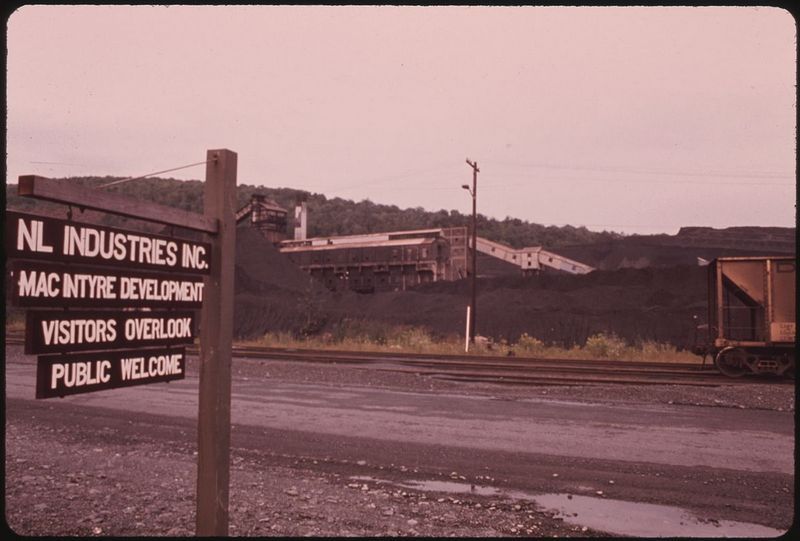
A National Lead Industries sign, circa 1973. Image by Anne LaBastille from U.S. Environmental Protection Agency (Wikimedia Commons).
Then Vice President, Theodore Roosevelt, was on vacation in Vermont in 1901 when he learned of the attempted assassination of President William McKinley and made his way to Buffalo immediately. After hearing the news that McKinley would have a quick recovery, he stopped in Tahawus with his family to hike the nearby Mount Marcy (New York’s highest peak). It was on this trip that he learned of the President’s slide into critical condition and eventual death. Tawahus once again became a mining town in 1941.
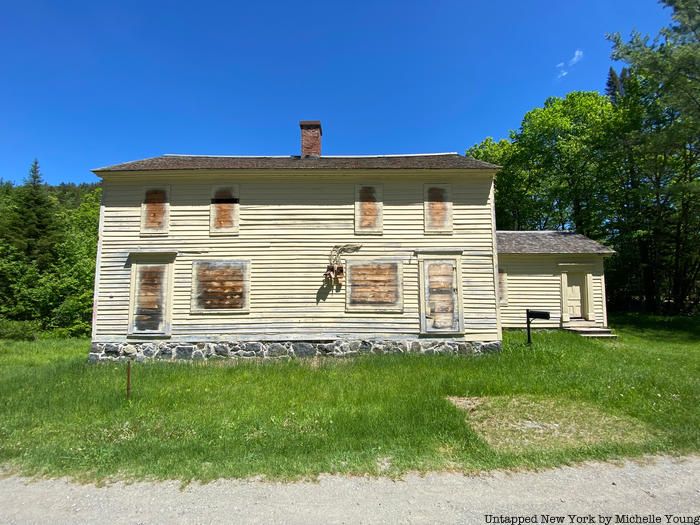
The McNaughton Cottage where Teddy Roosevelt stayed
Ironically, the titanium dioxide that caused the original town’s company to leave was the reason National Lead Industries decided to re-open the mines. Due to the nation’s high demand of titanium dioxide during World War II, the federal government built a railroad into the mines, successfully correcting the problems Adirondack Iron Works Company faced initially, allowing the town to remain inhabited until 1962 when the employees were transferred to the nearby town of Newcomb, New York.
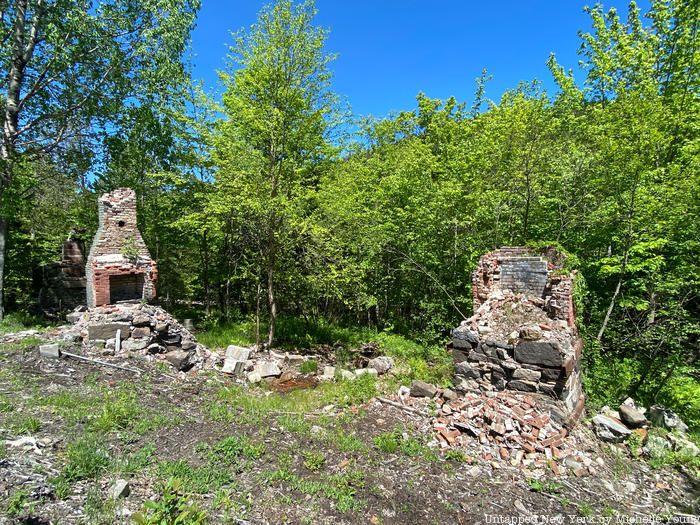
In 2003, the Open Space Institute acquired the Tahawus Tract where it manages 6,000 out of the 10,000 acres with the Department of Environmental Conservation as a historic area. Today, many of the buildings have either deteriorated, or been demolished for safety purposes, but among the remaining structures still standing are the blast furnace built in 1854 and the old McNaughton Cottage (the house Theodore Roosevelt was staying in during his visit). The village is still accessible by car, making it easy to get a sense of the history that has surrounded the area throughout the years.
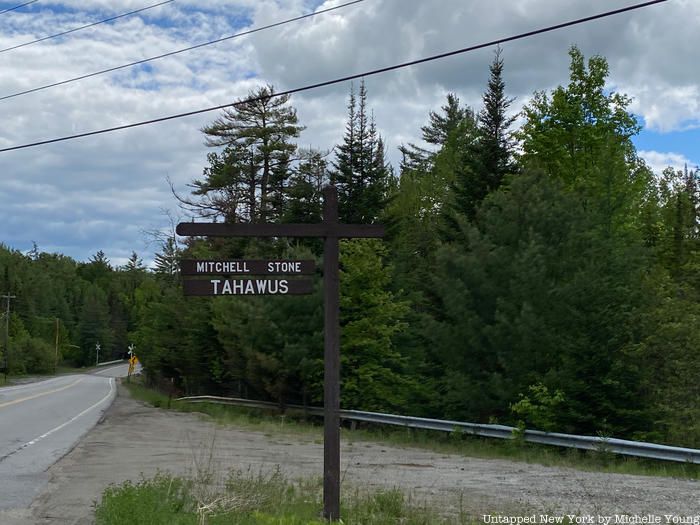
[An update: In 2018, Mitchell Stone Company bought the mine from National Lead Industries, which had become a holding company, and according to Adirondack Explorer in 2018, the owner of Mitchell Stone Company has been “selling construction aggregate from the tailings for a decade and plans to continue doing so for the foreseeable future. Under current market conditions, he said, the hill of stone could last twenty years. The state Department of Environmental Conservation recently approved Mitchell’s permit to continue crushing stone on twenty-three acres and transporting it by truck.”
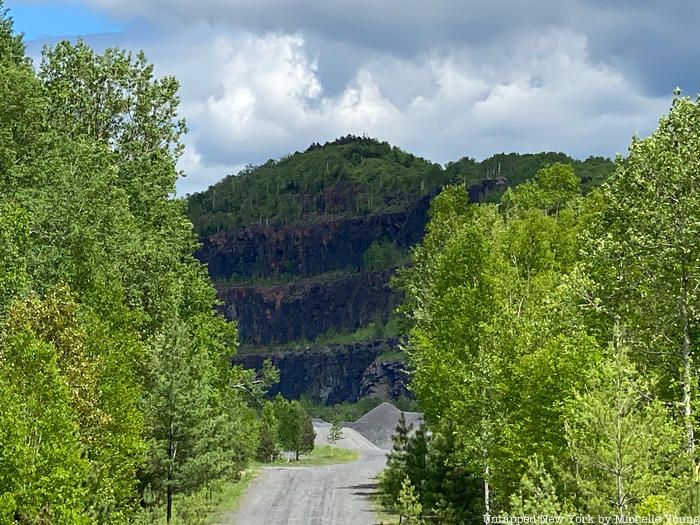
Next, check out 9 Abandoned Buildings in Upstate NY’s Lake George Area, or 27 Historic Estates to Visit in New York’s Hudson Valley. Get in touch with the author on Instagram @mjohnathonrich.
Subscribe to our newsletter